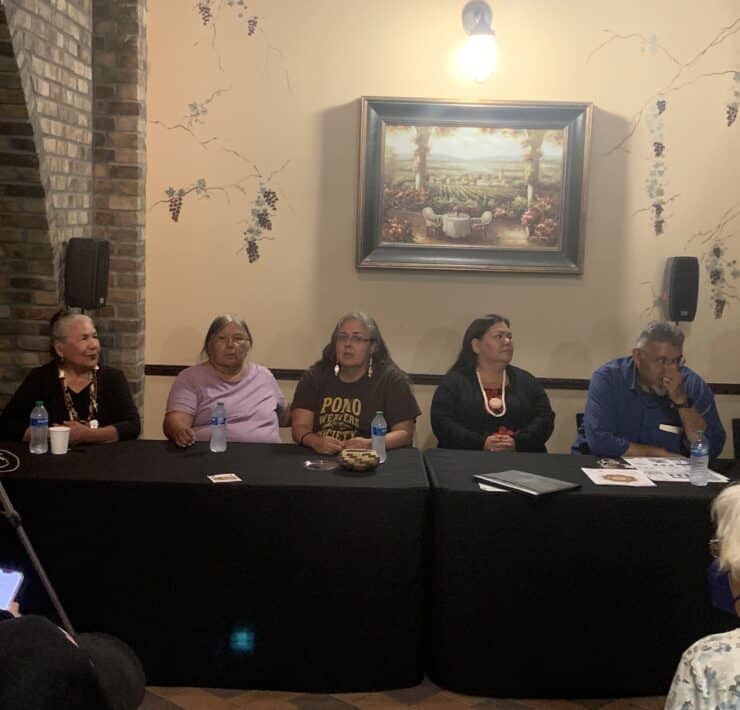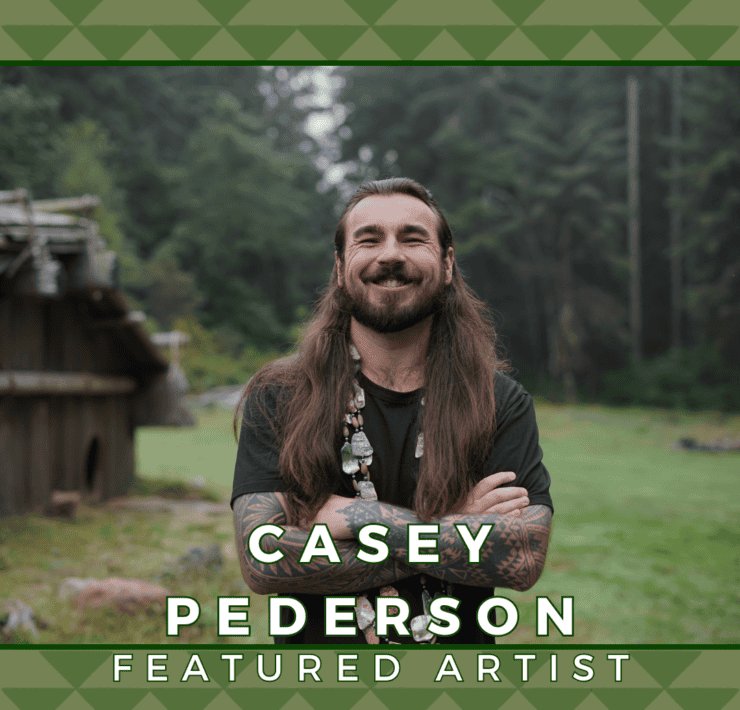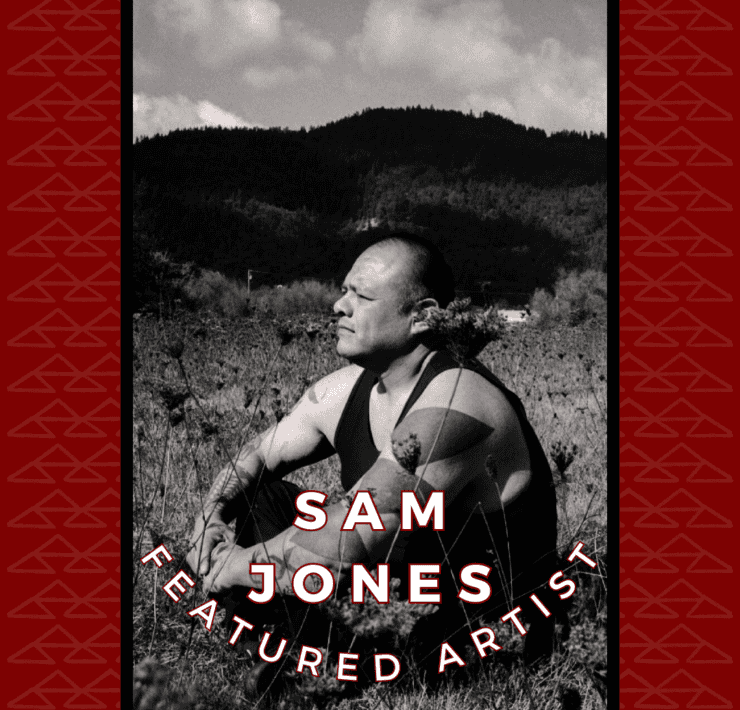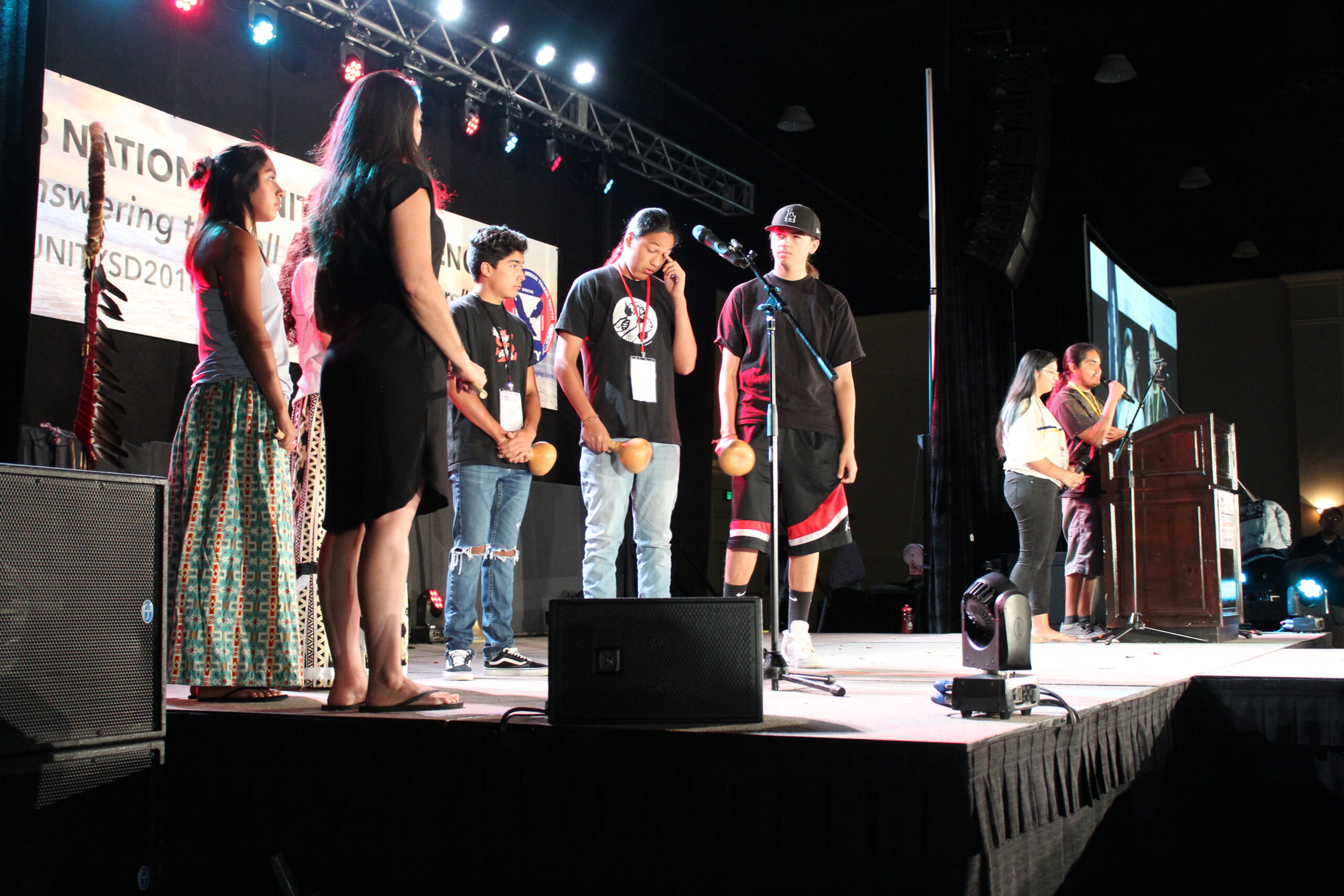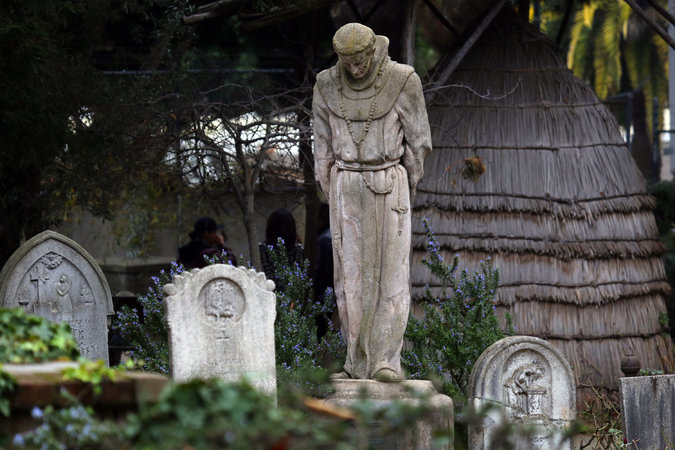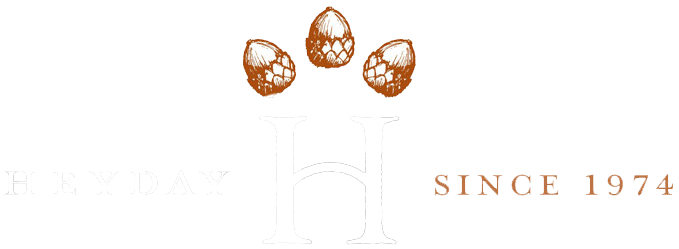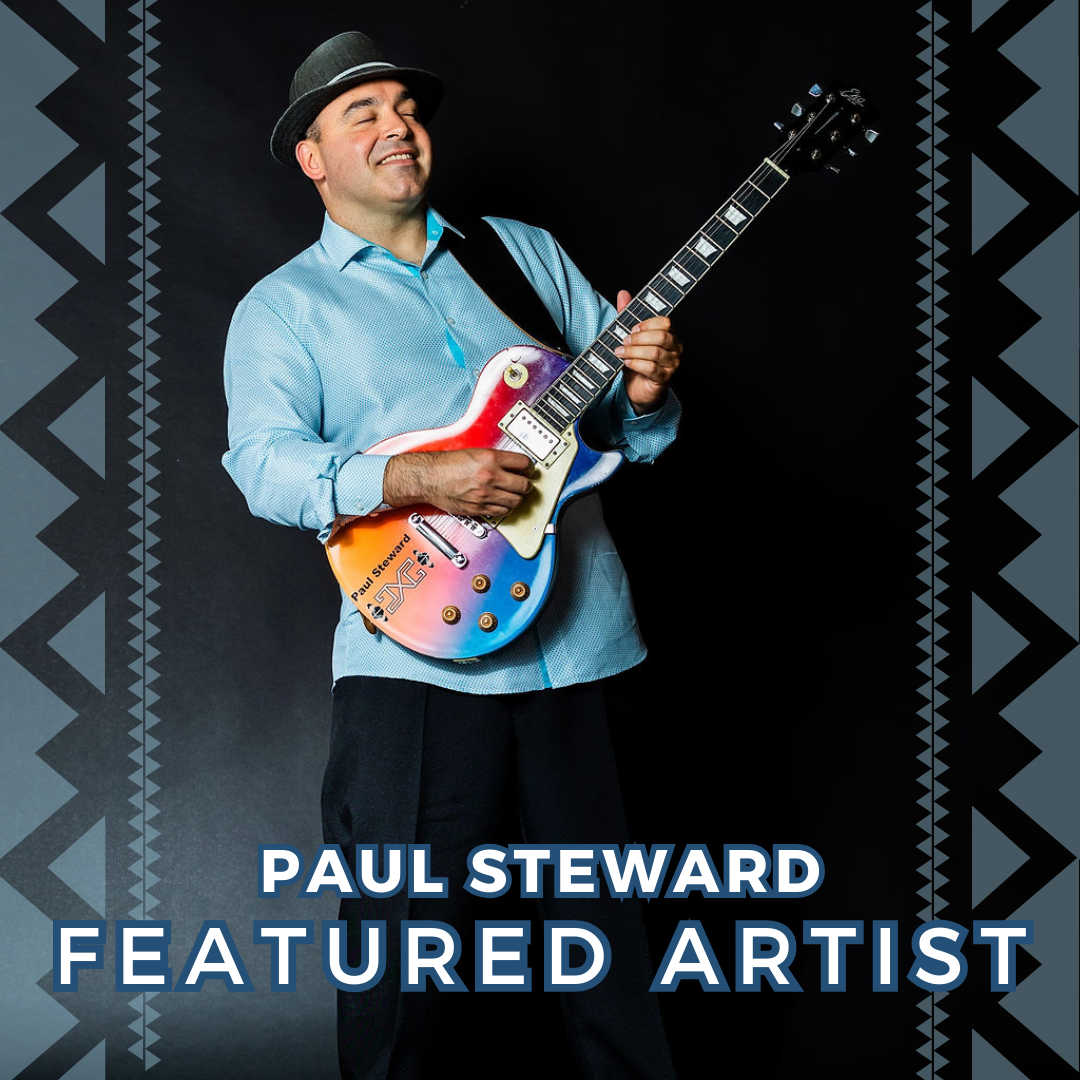
by Paul Steward as shared with Tavi Lorelle Carpenter
Paul Steward (Southeastern Pomo) is a renowned musician and accomplished professor currently living in the Santa Rosa area. As you might imagine, he is extremely busy! In order to accommodate his schedule, Paul shared his answers via email. I hope you enjoy learning more about Paul, his story, and the incredible musician he is!
—
Question: Please share a little about yourself, who you are, and where you’re from. Sharing a little background about your tribal heritage and how it influences your artistic style and themes.
Answer:
I’m Paul Steward, son of Richard Steward, grandson of Priscilla Brown-Smith, great-grandson of Jim Brown I and Lena Leon, from Elem Indian Colony, and father of William Steward.
I grew up on the rez but now live in Santa Rosa, California.
I’m a musician, a teacher, and a businessman. Being Pomo is part of my culture and worldview. I’m a generation Y Northern Californian of Lake and Sonoma Counties. I’m a mixed ethnicity Native and European American.
I know my tribal reservation and I have also been to the last European hometown of my great-great-great grandparents’ which was Tourinnes-la-Grosse, Belgium. I don’t know if any living relatives still live there but I saw old family surnames in the local graveyard.
As a modern Native citizen, I want to understand and live to be a middle ground between Native American identity and White American identity so that we can forgive the past (not forget it) and move forward in a positive, respectful and supportive way; righting historical wrongs. I pray for peace and love.
But for sure, I have all love and pride for my Native heritage and promotion of our culture. I have been to many roundhouse dances, at a few reservations, and I remember my grandma, aunts, and uncles teaching me about our rules and customs. My uncle Leroy Smith is a traditional singer and skilled hand-games player. My older brother is a skilled hunter and fisherman. My sister Donna is practicing basket-weaving craft.
Our traditional tribal music has always interested me. I think that those chants, rhythms, and spirit comes out of me in almost any style of music I play.
Question: How did you get into music? What made you interested in becoming a musician?
Answer:
My dad played guitar and liked Blues and all kinds of music. One day, when I was 13, my uncle brought home a CD of B.B. King and we listened to it; him, my dad, and I. I thought it sounded so cool! It was beautiful, so I asked my dad if he could teach me how to play guitar like that. My dad didn’t know how to play lead guitar but he showed me the basics and the ideas and from there encouraged me to “learn the rest.”
I enjoy playing guitar and used to practice every day, learning to imitate B.B. King and old-school Blues guitarists.
Eventually I would study everything guitar and music theory and all that. It became my passion and that is what I wanted to do for my life. I liked playing music for people and seeing them enjoy it. I wanted to make it my career.

Question: Can you discuss using traditional instruments or elements in your music?
Answer:
It took a while for my dad and I to be comfortable with the idea of writing a song in Pomo style because our tribal people hold various views on the taboo of using the traditional music. Eventually, the spirit came to me and gave me the idea for an original song. It is inspired by our older chants but it is original and different.
It comes from the public-display shakehead dance songs. We don’t allow roundhouse songs to be sung outside of the roundhouse so leave those alone. My song has its own rhythms and words in our language, Southeastern Pomo, or as we say kai’tsnu. (I don’t know if there is a formal spelling.)
After recording the demo of the song, I shared it with my family and my fellow tribal members and community to ask them if they were comfortable with it. I was so grateful that everyone gave me good feedback. They encouraged me to share it!

The song, “Myanik Xe (Beautiful Music)” was released on both my solo album “World Champion” by Paul Steward and on the album “The Second Coming” by Twice As Good. It streams on all major networks such as Spotify and iTunes and people around the world are listening to Southeastern Pomo language and Pomo traditional style rhythms, chants, and the clapper stick mixed with modern music instruments! We are alive and relevant! We are ancient and modern at the same time!
In the song, I sing “myanik xe, myanik m’thiwi” which means ‘beautiful music, beautiful person.’ What I am saying is that our music is beautiful and our people are beautiful. When we Native people speak and live in a good way, our spirit shines in beauty.
Question: What is it like working and performing with your father? How does that contribute to your artistic process?
Answer:
I love my dad. He has been my friend my whole life and been with me since I was born. I am strong because of him. We are the same and we are different but we know each other well. Working with him has been great because he never quits, he never gives up, he never fires me and I never fire him. We stick together and support each other. My dad often gives me ideas or inspirations for artistic creations and offers feedback or insight. In turn, I taught him new things he did not know about.

Question: Who are some mentors that have inspired your work?
Answer:
My great uncle Hank Gonzales of Big Valley Rancheria, who lived and was married in Round Valley Reservation, was a popular and admired Country music singer. He gave me coaching and mentorship about singing and performing. He had a powerful voice! I got to perform with him at an event a long time ago at Robinson Rancheria.
Earl Knight of Redwood Valley Rancheria played Blues harmonica like a champion! He sounded as good as any of the old greats. He recorded with us on some of our old albums and did shows with us but our travel schedule was hard to keep up with. But, Earl was cool and he knew lots of great Blues music.
Freddie Hughes, is the San Francisco Bay Area’s original Soul Man! He had a song called “Send My Baby Back” in 1968 which I recorded a cover of. I met him and worked with him years ago, he also give me tips on singing. He was great.
I have studied so many guitar players and styles but, aside from B.B. King, the Blues guitarists Luther Allison and Joe Louis Walker come to mind when I think about people I imitate on guitar.
Question: How do you engage with your local Indigenous community through your artistic endeavors?
Answer:
I am blessed that my community supports me and likes my music! I often perform concerts at our Indian Casinos, Native cultural events, Health Clinic sponsored elders gatherings, and regular old reservation parties. Lots of Indians still like “oldies” and I can play those “oldies”. As I travel around the world, I tell people about me and my tribe.
Question: Can you share a particularly meaningful or important moment or memory in your music-making?
Answer:
Being the first California Native artists to win the Blues Award at the Nammys (the Native American Music Awards) in 2010 was such a happy and honorable moment. And, we got to jam with actor Wes Studi that night at the show!
Question: What does it mean to you to be a California Indian person?
Answer:
I am a descendant of a great, intelligent, kind, respectful, sustainably-living, beautiful, artistic, funny and fun-loving people that stewarded a heavenly homeland that became the envy of the world!
Our ancestors suffered a great tragedy and oppression but they were resilient and gave us living ones life and meaning. We have a purpose, we have a calling. Against all odds, we were brought forth in the spirit of love, hope, and faith.
This is my home and I’m here to help protect it and be an ambassador.

Question: What advice would you offer aspiring Indigenous artists?
Answer:
Be who you want to be! We don’t need to prove ourselves. If our heritage is true, and we know who we are, then the energy that is beaming from you is meant to be. Don’t be shy, keep on honing and crafting. It doesn’t hurt to engage in professional marketing either, lol.
Question: How can people support you?
Answer:
Order my CDs and vinyl. Download my songs on iTunes. Stream my songs on Spotify or Tidal or YouTube. Follow my Social Media pages.
Book me to do concerts for you and your friends, or refer me to venues you like.
My information and music can be found on my website www.paul2xg.com
Thank you!
Boshtotsith! Yawii !
—
You can listen to Paul on:
Spotify, Apple Music, YouTube and Tidal
and on Social Media platforms:

